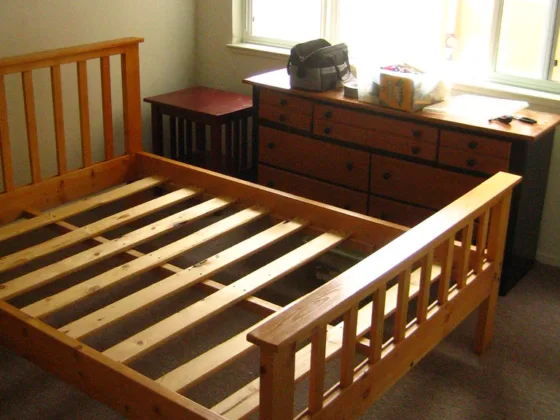Rodents are a typical example of destructive visitors who come into your home uninvited.

These pests can wreak havoc on your home, its accessories, and furniture if not well dealt with. Worse, they could procreate and transform your once peaceful home into an abode filled with their extended family members.
The result? Health hazards due to food contamination, damaged furniture, ruined electrical wire, insulation, etc. We know you don’t like the sights of rodents in your home nor the idea of sacrificing your sleep or peace to chase after scurrying rodents like an exterminator. So, to reduce your chances of an encounter with one of the most disliked home pests, we have provided you with tips on how to rodent-proof your home.
1. Remove Attractants
Rodents are attracted to many things, including areas with lots of food and a cozy place to relax and probably procreate. To make your home less attractive to rodents, we advise removing attractants, leftover meals, pet waste, food, garbage containers, etc.
You could also conduct a sweep around the home and remove items assembled close to building foundations. If your planting is overgrown, consider trimming them. Remove debris and plants that serve no purpose in your yard. The goal is to ensure that there are no cozy chilling spots close to your house.
Clean your yard always. Put your trash and compost in a secure container. The same applies to pet food. In addition, clean up fallen fruits or spilled bird seeds. Taking these steps will ensure that you don’t attract uninvited wildlife to your home.
2. Find Possible Entry Points
Like a detective searching for a suspect, inspect the exterior of your home carefully. If you have a balcony, inspect it as well. Also, scan the rooflines for potential entry holes. Rodents are amazing climbers and could be using your rooflines as an entry point to your home.
While inspecting your exterior, keep an eye out for gaps, open vents, or other potential entry points. Remember, mice can access your home through holes as small as a hose.
After examining your exterior, move to the interior of your home. Inside, inspect areas where rodents might enter. Shift furniture and boxes, open cupboards, flip rugs, observe pipe and wire holes, etc. Look for signs of rodent infestation. You might need a bright flashlight to make your job easier.
Read Also:
3. Set Out Traps
Many of us have experienced those flash scenes where rodents dart past our legs. Of course, it’s impossible to run after them at such a pace.
So, what do you do? Set out traps!
If you suspect rodent activity in a certain area, don’t hesitate to set traps. If you are tired of setting out traps or probably the rats in your home are too smart for traps, you can consider calling in rat control to rodent-proof your home and reduce the risk of health hazard that comes with a rodent infestation.
4. Repair Potential Access Points
Are there holes in your fireplace or the base of your wall? To rodent-proof your home, you need to seal all potential access points .
Use rodent exclusion materials such as heavy-gauge wire screening to seal holes, metal mesh to stuff into holes around pipes, and expanding foam sealant to spray overtop of metal mesh and cover other crevices.
You need to be thorough here. Don’t leave any holes unsealed, no matter how small, regardless of their location. Why? Because baby rats average 2-4 inches while their counterparts, mice, average half inches to one inch long. The size of these rodents makes it possible for them to squeeze through the smallest of holes.
Conclusion
They say prevention is the best cure. If you adopt the right rodent-proof technique, you won’t have any reason to chase after rodents in your home or jump in fear when they scurry past you. If at all rodents gain access into your home, it’ll be a few which can be eradicated by calling in pest control.










